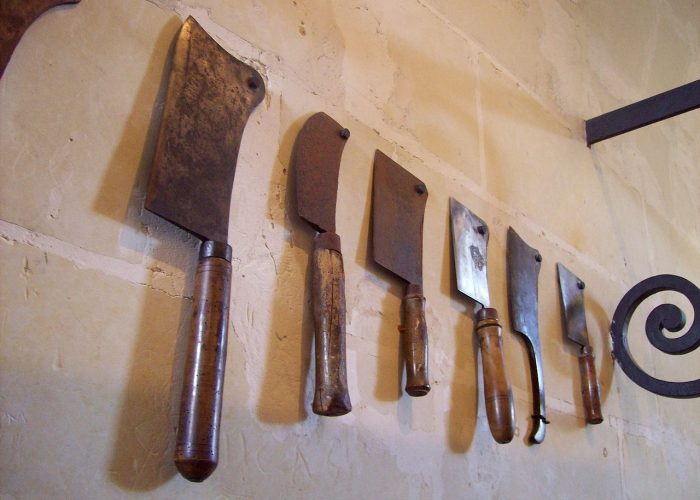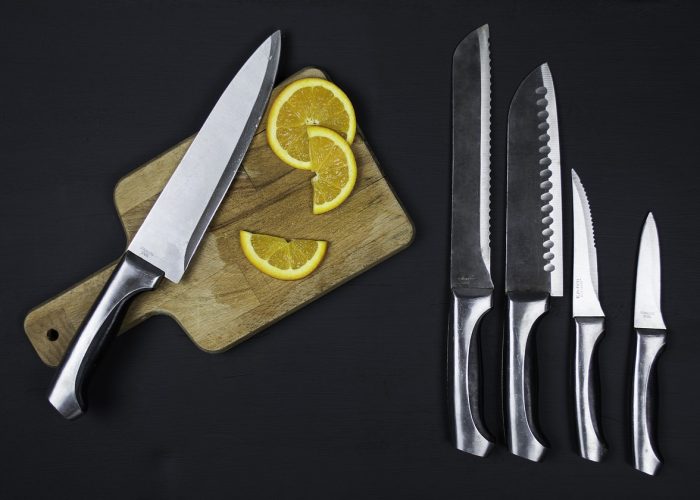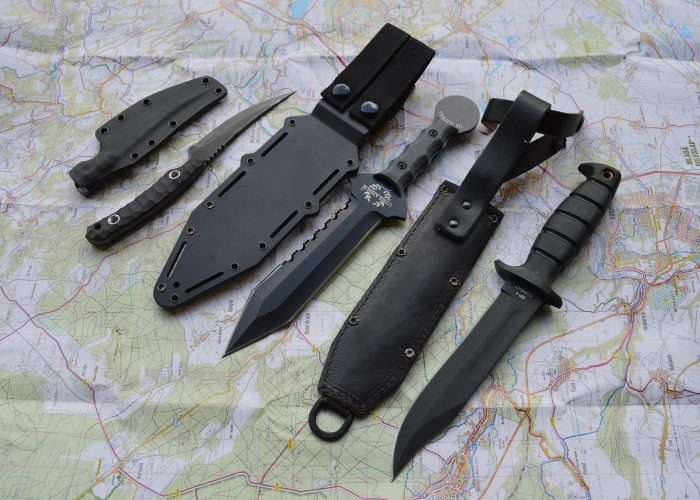Cutting vegetables
Many think the Santoku blade can completely supplant a cook’s blade. While they are comparable, the Santoku’s more limited edge makes it less great for cutting bigger food things like huge cuts of meat. Pick a culinary expert’s blade with a somewhat bended cutting edge for simple shaking movement while cleaving. Cutting vegetables, cutting meat, mincing spices, and broadly useful assignments. The **paring knife** is little, commonly 3-4 inches long, and intended for sensitive errands like stripping, managing, and cutting little foods grown from the ground. Learn more details about kjøkkenkniv.




